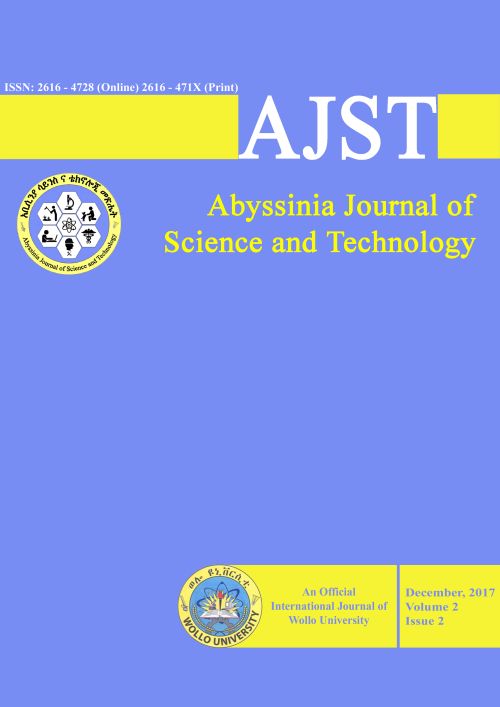Main Article Content
Assessment of human-wildlife conflict in and around Gemshat forest area, Wollo, Amahra Region, Ethiopia
Abstract
The conflict between human and wild animal on same resources is common but seldom reported in Ethiopia. Assessment of human wildlife conflict around Gemshat Forest Area was carried out from November 2014 to May 2015. Nature of conflict and wild animals involved in conflict were recorded from victims through both open ended and fixed response questions in the questionnaire. In the study area, 207(82.8%), 193(77.2%) and 175(70.0%) informants identified Grivet monkey, Geladas and Guinea fowl as common crop raiders, respectively. However, Rabbit, Porcupine and Rodents were identified as minor crop pests. Damage of Faba bean, Pea, Sorghum, Barley and Wheat were reported more than Lentil and Maize. 134(53.6%) informants reported that the reason for crop damage was increased subsistence agriculture. Guarding, chasing and scarecrow were the practiced mitigation methods to protect their crops. Minimizing crop raiders was the first remedial measures suggested by the 108(43.2%) respondents. Shifting from agriculture to perennial plantation or animal husbandry or guarding day and night were the alternatives suggested remedial measures by respondents. Common fox and Hyaena were the most and Leopard was the least predators responsible for the loss of 590 domestic animals with a potential revenue loss of USD 41,740.00. Practices of active guarding followed by use of dogs or restrain of livestock nearby houses were adopted to protect respondent’s livestock. Many respondents had negative attitude towards wild animals around the study area. In conclusion, the study area demands for sustainable and culturally acceptable conservation solutions to mitigate human wildlife conflict.







